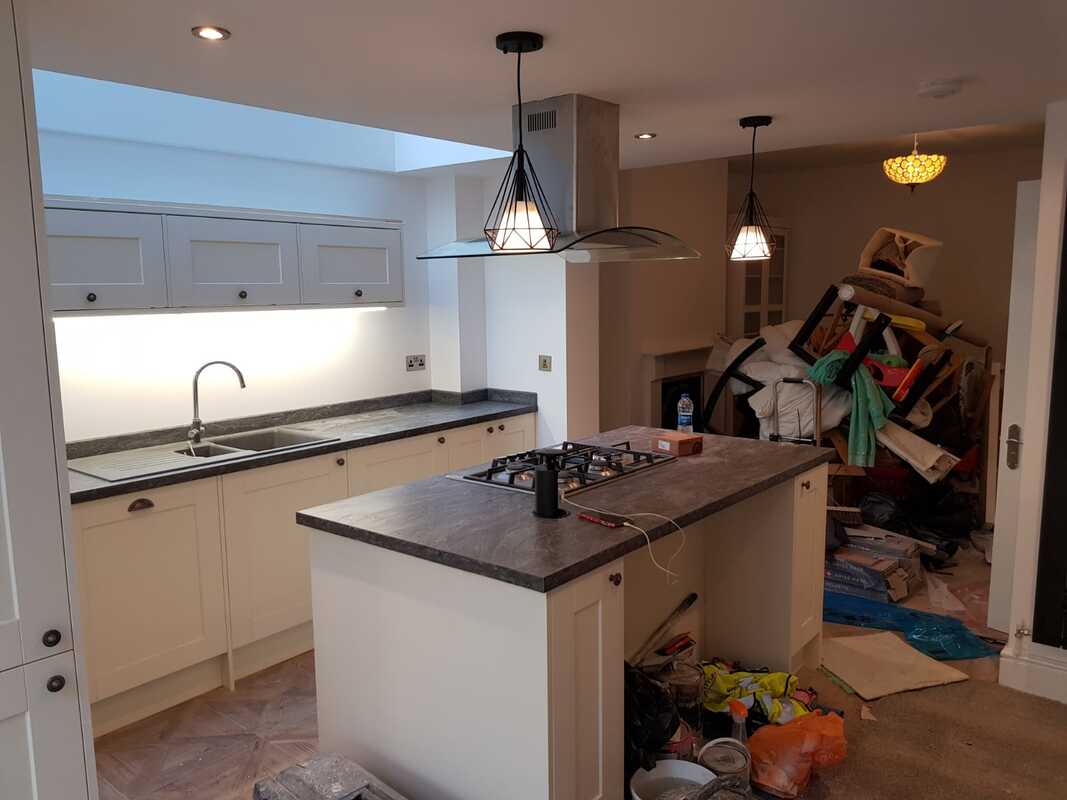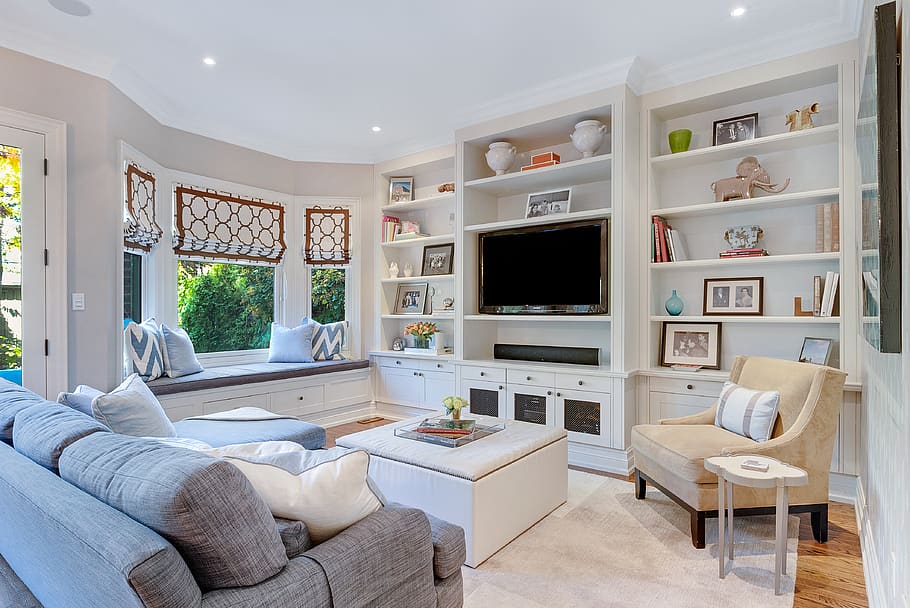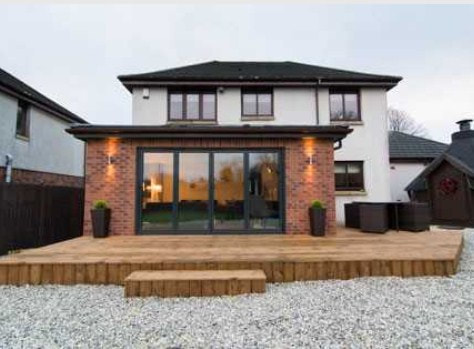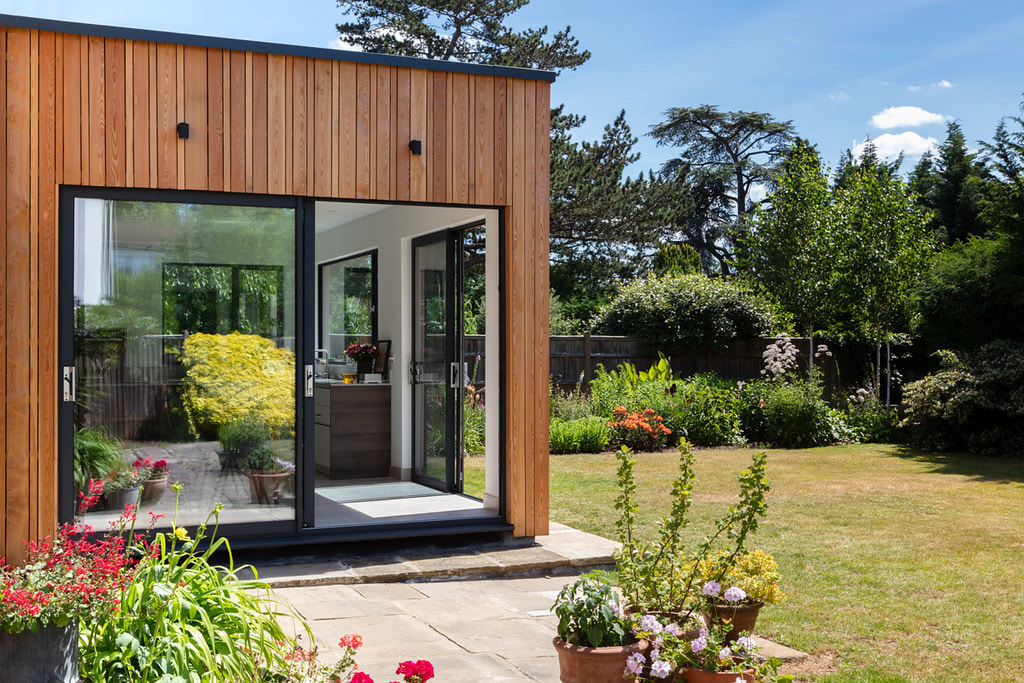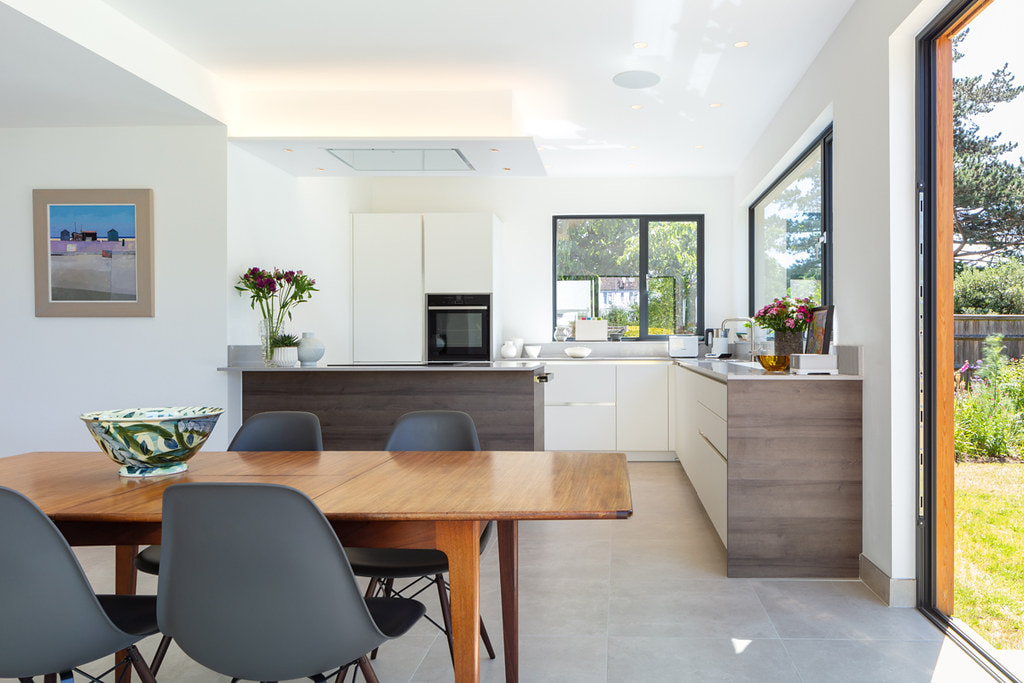|
If you want to be certain that the existing use of a building is lawful for planning purposes, or that your proposal does not require planning permission, you should apply for a 'Lawful Development Certificate' (LDC). A planning application can be submitted as a Permitted Development application to obtain this certificate. This can be very important when selling the house as it provides evidence on your house extension being legal. By proving all the construction work is lawful, this certificate can also allow a more easier handling of complaints made by neighbours.
Listed below are some of the Permitted Development rules, presented briefly. Please contact us for specific advice: FRONT EXTENSION Front house extensions are not permitted development unless:
SINGLE STOREY EXTENSIONS (SIDE) Side house extensions are considered permitted development providing they conform to the following:
SINGLE STOREY EXTENSIONS (REAR) Rear house extensions are considered permitted development providing they conform to the following:
DOUBLE STOREY EXTENSIONS (REAR) Rear house extensions are considered permitted development providing they conform to the following:
On designated land, some of the Permitted Development rules do not apply. This rights are only for houses; not flats, maisonettes or other buildings. You should check with your Local Planning Authority whether your house has permitted development rights. THIS LIST IS NOT EXHAUSTIVE AND YOU SHOULD ALWAYS SEEK ADVICE BEFORE THE START OF ANY WORK. |
|
Alternatively, call us now on 0793952128
|
